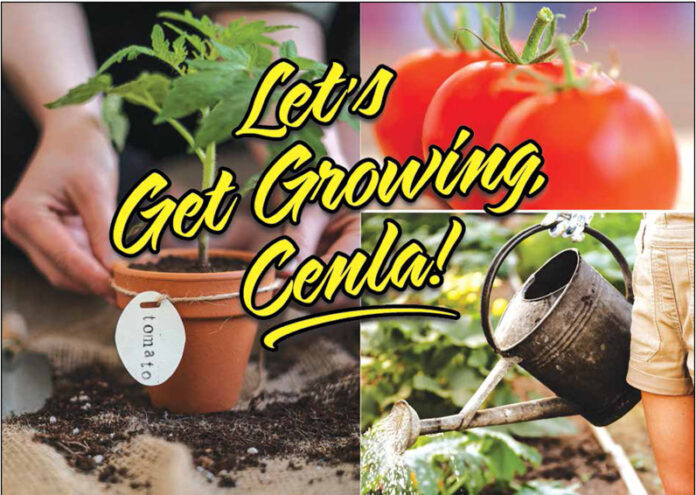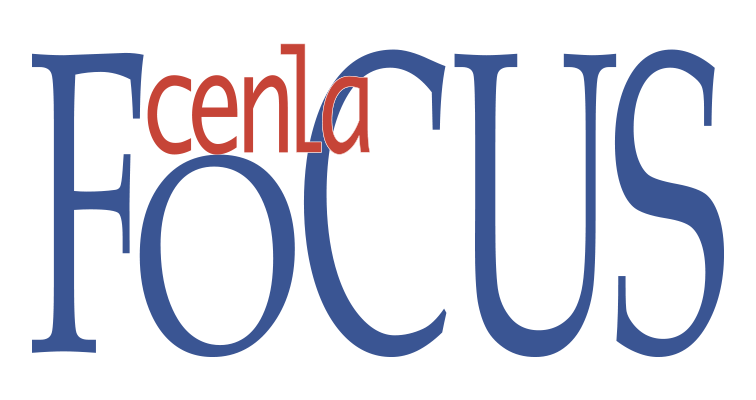Having just thawed from a harsh holiday freeze, it may seem an odd time to focus on gardening, but one of the benefits of our subtropical climate is that Cenla residents can reap the benefits of gardening year round, both indoors and out. Studies have shown that gardening can boost your mood, decrease risk of dementia, provide exercise, and provide healthy whole food for your table. With spring just a few weeks away, now is the time to get growing, Cenla!
While the temperatures are still subject to large fluctuations over the next few weeks, fight the post-holiday blues with a bit of indoor gardening. Keeping your houseplants healthy and looking their best with a bit of grooming this winter is sure to lift your spirits. Clip off any dead leaves as they appear. Use a sharp snips or bypass pruner to make a clean cut that looks tidy and closes up quickly. An occasional brown leaf is not usually a problem, but if browning continues, it might be time to take action. Evaluate the growing conditions and make needed adjustments.
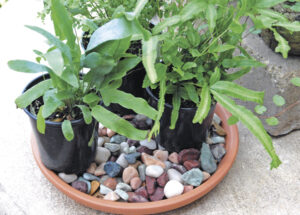
Stop fertilizing indoor plants in winter unless they are actively growing. Applying fertilizer that plants don’t need can cause root damage, leading to leaf discoloration. Wipe dust off the leaves with a damp cloth. Use a cosmetic brush to clean the fuzzy leaves of plants like African violets. Keeping your plants clean and well-groomed also helps reduce insect and disease problems.
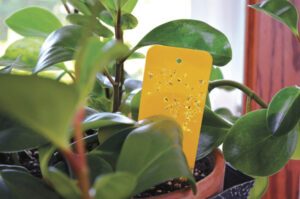
Boost indoor plant resilience by providing the right amount of light. Move plants to a sunnier window or add artificial lights as needed. Then give plants a quarter turn every time you water. This promotes more balanced growth by exposing all parts of the plant to the light source.
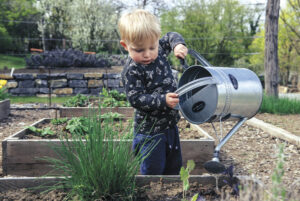
The first step is to throw away your watering schedule. Start watering plants based on their individual need, not the date on the calendar. Consider the type of plant, container material and size as well as other growing conditions. Get to know your plants by checking the plant tag, online resources such as the LSU Ag Center website at lsuagcenter.com, and books on gardening at your local library. Those native to tropical climates or wet soils such as peace lily, baby tears and papyrus prefer moist soil. Plants from drier locations like cacti, succulents, Chinese evergreens, ponytail palm and snake plants do best when the soil dries between watering.
Evaluate the indoor growing conditions. Plants located in bright light and warm homes where the humidity is low lose moisture faster and need more frequent watering. Cooler homes, higher humidity, and lower light conditions mean longer stretches between watering plants. Shorter, often grayer days of winter mean plants dry out more slowly. When the heat and air conditioner are turned on, the humidity level drops and plants dry out more quickly. Plus, many plants rest in winter and prefer drier soil.
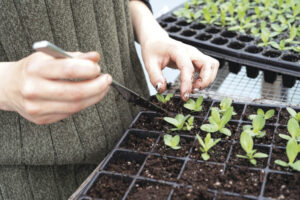
Extend the time between watering with self-watering pots and watering aids. These have reservoirs that slowly provide water to plants over time. Or amend the soil with a moisture-retaining product like wool pellets. This organic and sustainable product holds 20% of its weight in water and slowly releases it into the soil when needed. The wetting agents in most potting mixes lose effectiveness after a month or two. These pellets continue working long after this, so you’ll be watering less often.
Make watering easy, so it feels like an opportunity to enjoy each individual plant instead of a chore. Use a watering can with a long narrow spout, making it easy to apply water over the entire soil surface and under the leaves and crown of the plant. This reduces the risk of disease that can occur when the top growth remains wet.
With more experience watering indoor plants, it will become second nature. That means you’ll have more time and opportunity to enjoy and even expand your indoor garden.
As Louisianans, we enjoy the ability to garden outdoors, nearly year-round. But no matter where you garden, there never seems to be enough time to grow all the fresh vegetables you want. Planting earlier or just providing plants with some added warmth on chilly days and nights can reduce the time from planting to harvest.
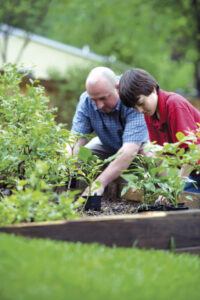
In Louisiana, vegetable gardening is a favorite hobby of novice and experience gardeners, alike. Home gardens can be as small as a few indoor potted plants, or as large as your property will allow. If you’re just starting out, consider starting relatively small so that the upkeep of the garden doesn’t become burdensome, then expand as your experience grows. With a 12-month growing season here in Cenla, a bit of planning can offer seasonal yields and a variety of delicious eats all year!
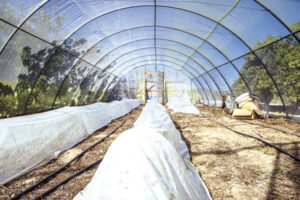
Garden covers take this method one step further. These structures fit over plantings in the garden, raised beds or elevated planters. Look for those with durable greenhouse fabric covers that let water in and keep excess heat out. These types of structures protect plants from cold and wind, speeding up your harvest by as much as 25%.
Raise the roof on these structures with high tunnels and plant protection tents. These are perfect for growing tall plants like tomatoes. As temperatures rise, the tops can be ventilated or in some cases replaced with a mesh that keeps out insects and critters, while providing plants enough room to reach full size.
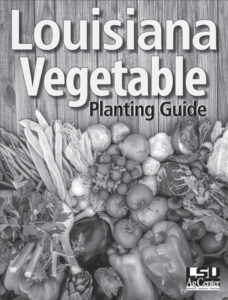
According to the LSU Ag Center Vegetable Planting Guide, available at lsuagcenter.com, mid-January begins the window for starting your broccoli, cabbage, chard, lettuce, and direct-seed collards and carrots. Just a few weeks later, mid-February sees the window open for cauliflower plants, onion from bulbs, and direct seed mustard and turnip greens, kale, radishes, spinach and more. By mid-March, it will be time to shift your spring garden into full swing with all the Louisiana garden favorites like corn, okra, early watermelons, and, of course, tomatoes!
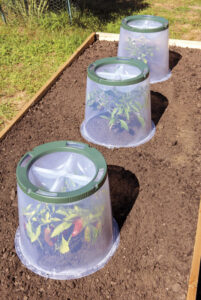
With a bit of extra effort and planning, you’ll be harvesting fresh vegetables long before your friends and neighbors. Utilize resources like your local Extension Agent to help plan early, mid-, and late-season maturing plants to keep the supply of garden fresh food uninterrupted. So do your health, happiness, and taste buds a favor, and get let’s get growing, Cenla!
Melinda Myers, a gardening expert who has written more than 20 gardening books and is a columnist and contributing editor for Birds & Blooms magazine, was commissioned for her expertise to contribute to this article. Her website is MelindaMyers.com

